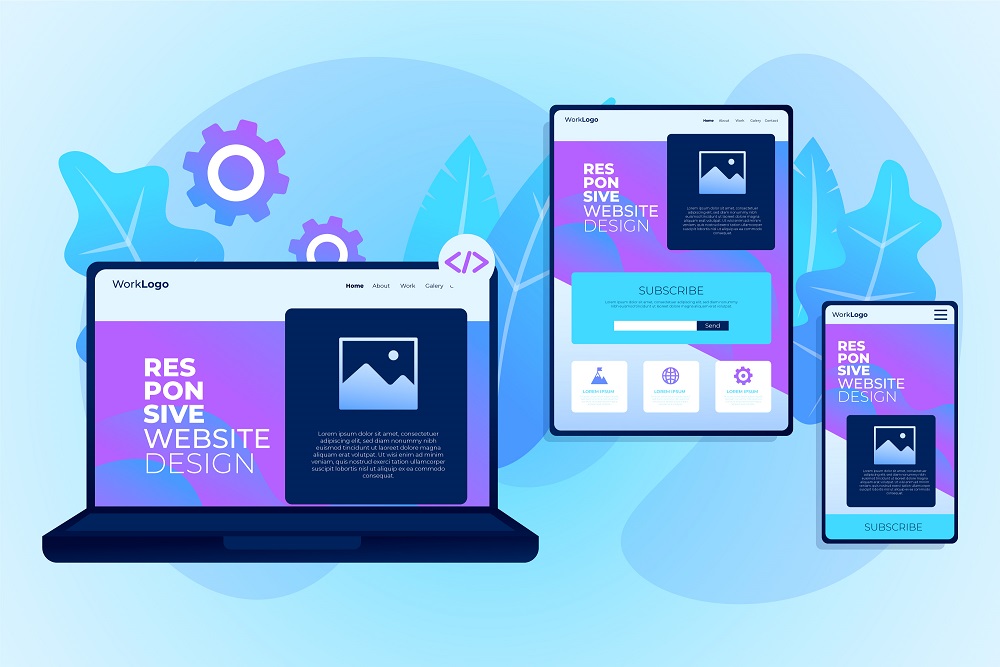Utilising fractional development teams is one of the innovative strategic approaches being used by businesses across a variety of sectors to stay one step ahead of the curve in what is a fast-paced global business landscape.
The fractional development team model involves enlisting a team of skilled and experienced professionals to work on specific tasks, either on an ongoing or fixed-term basis.
How Fractional Development Teams Differ from Traditional In-House or Outsourced Teams
As a discipline, development is technical, complex and often challenging to manage. Development is very much a team activity, with no one person able to wear every hat successfully, which is why many businesses have historically opted to build an in-house team. But what happens when an issue arises, or there is a need to work on a new project which sits outside the expertise of an in-house team?
In such a rapidly evolving business landscape companies simply can’t afford to fall behind. Leveraging the fractional development model allows businesses to bring in experts to reinforce internal teams and address skills and availability gaps. Crucially, fractional teams work alongside internal teams, which sets them apart from outsourced teams who typically handle projects independently.
This level of flexibility and the additional efficiencies that fractional teams can deliver ensures that this approach is also significantly more cost-effective than other solutions.
Maximising Efficiency with a Fractional Development Team
The ability to tap into the unique expertise of individual professionals brings with it a wide range of efficiency benefits. Not only can businesses access diverse expertise to improve project outcomes, but the fractional development model can also contribute to rapid business and project scaling and reduce time-to-market metrics, both of which can minimise costs and ensure that projects are launched into marketplaces ahead of competitor brands.
Flexibility and Adaptability of Fractional Development Teams
The fractional development model allows decision-makers to allocate resources on demand, wherever they are needed within the development team. This reduces the pressure on other team members, affords everyone the ability to focus on delivering their own skill sets, and is a key enabler of better project outcomes.
These additional layers of adaptability and flexibility also help to maintain continuity and mitigate risk, which are essential to such complex projects because they help to keep everything on track for completion on time and on budget. In addition, the fractional model can also facilitate enhanced project management processes and better communication across teams, which, once again, contributes significantly to seamless workflows and project delivery.
The Justification of the Term ‘Fractional’
Fractional development teams are referred to as such largely because they come at a fraction of the cost of maintaining an in-house or outsourced team. Keeping up with the constant flow of new developments within the business landscape is a daunting task, however, it is made simpler with support from fractional development teams, with the objective of constantly striving for better outcomes.
It is always going to be in the best interests of a business to utilise the specific expertise of professionals with advanced technical knowledge rather than relying on generalists who can’t offer the same level of insight.
Conclusion
Fractional teams always bring their A-game to the table, allowing businesses to deliver more ambitious projects on tight budgets. Driving successful project outcomes is impossible without a strong team on your side, and the fractional model enables businesses to put together a robust team with zero skills or knowledge gaps.













